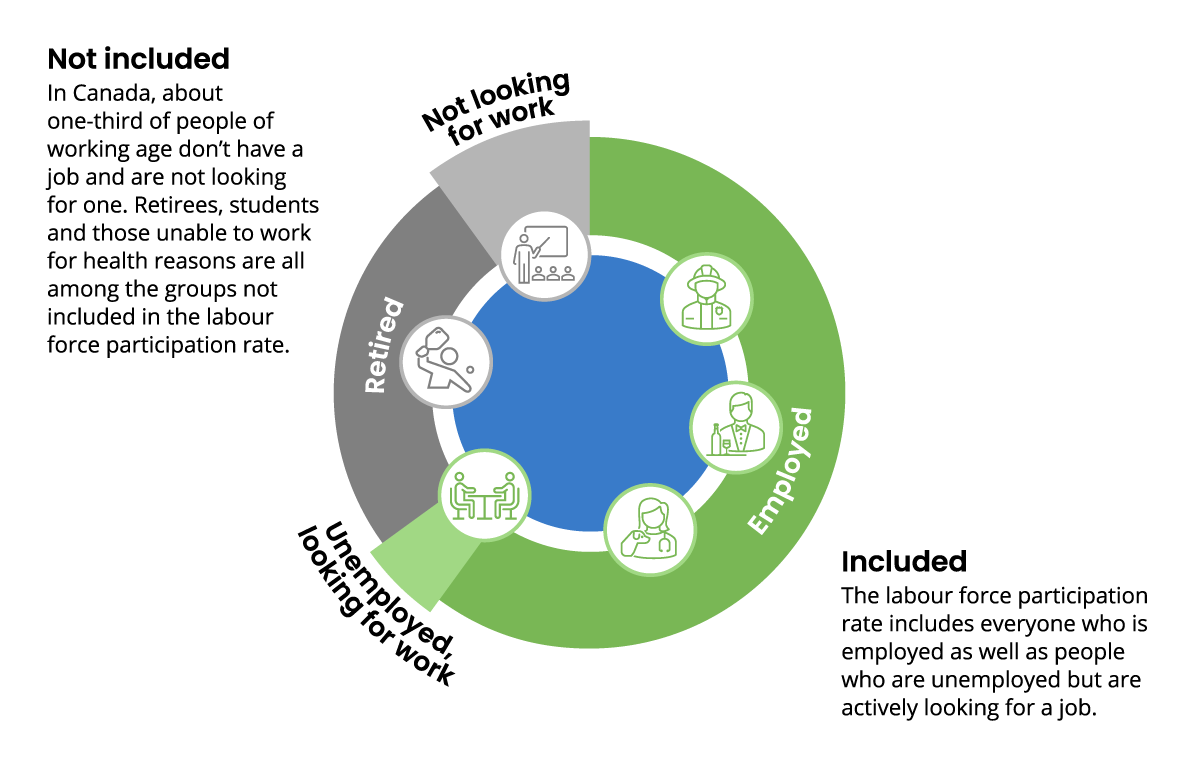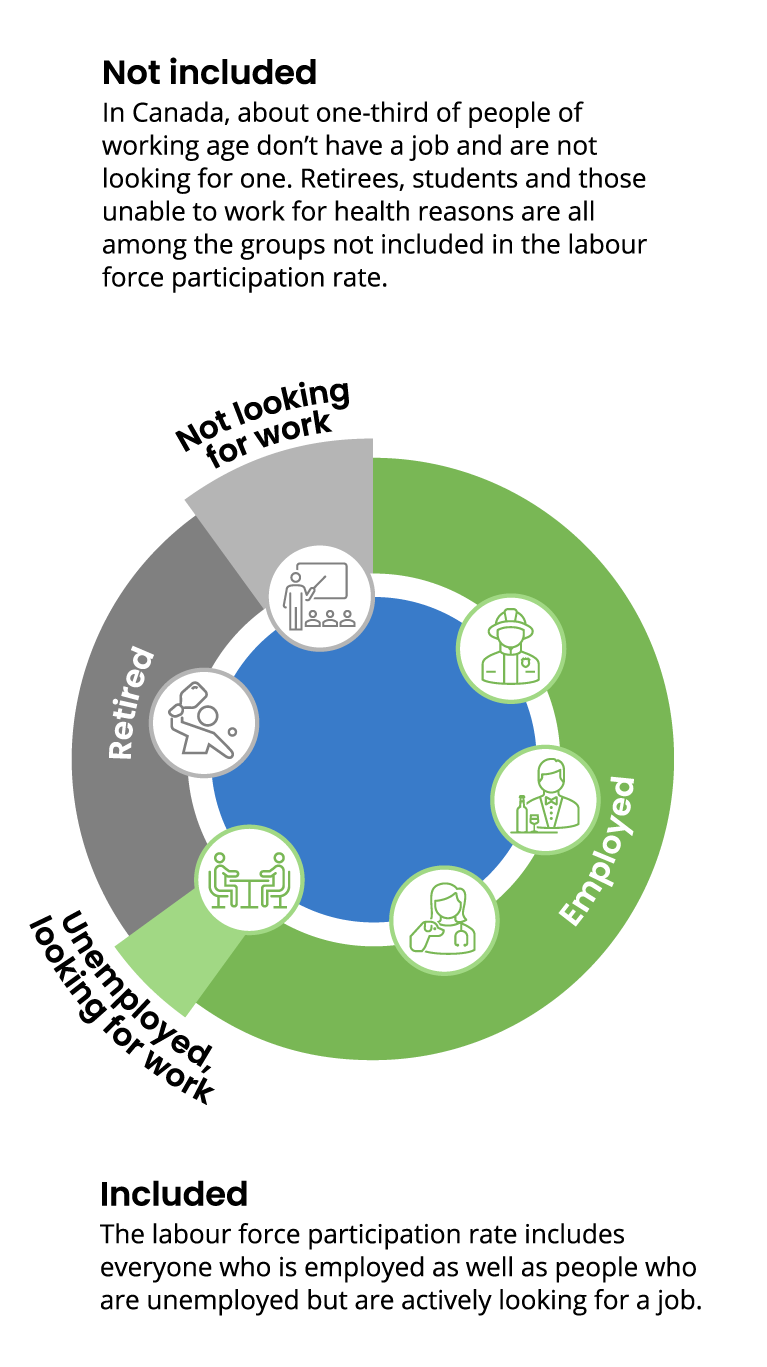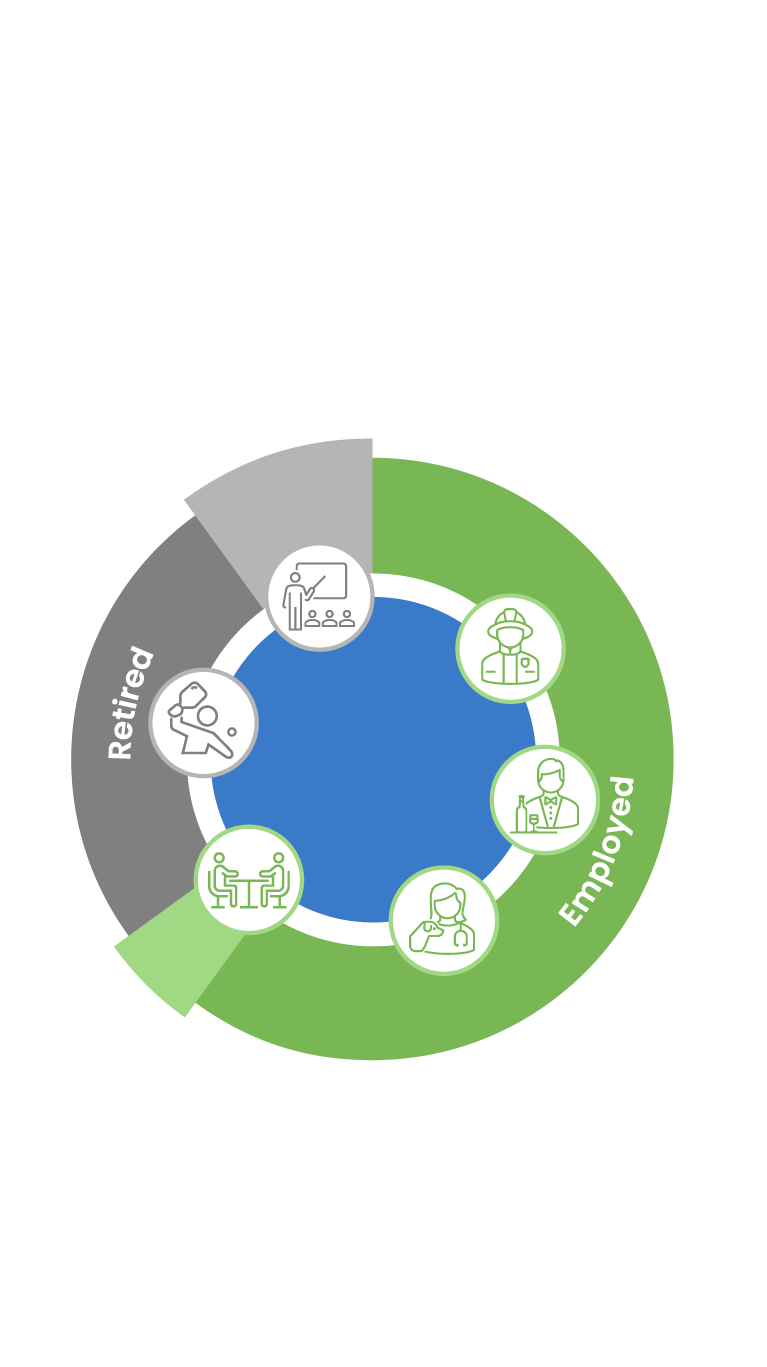What labour force participation tells us about the economy
Labour force participation counts everyone who is working or looking for work
What labour force participation tells us about the economy
Never miss an article from Bank of Canada when you sign up for email alerts.
Labour force participation tells us how many people are active in the labour market and how many have dropped out of it. It is just one piece of a larger puzzle, but it is essential to understanding what is happening in the labour market overall.
What is labour force participation?
Workers are essential in any economy. They perform all kinds of jobs—from farming to office work. But not everyone who wants a job has one, and the number of job seekers is an important measure of the overall health of the economy. We measure this using the unemployment rate.
The unemployment rate is the percentage of workers who do not have a job and are actively looking for one—but it doesn’t capture everyone who does not have a job. For many reasons, someone without a job might not be looking for one. Some people are unable to work for health reasons. Others are still in school or have retired.
But a low unemployment rate doesn’t always signal a healthy economy. When people who are unemployed have trouble finding work, they sometimes get discouraged and stop looking. Some choose to get additional training; others try to get by without a job for a period of time. When many people make choices like these, the unemployment rate decreases because fewer people are looking for work.
That’s why economists also consider the labour force participation rate when they assess the overall health of the labour market. The labour force participation rate measures everyone of working age—in Canada, that’s anyone 15 or older—who has a job or is looking for one as a percentage of the total working age population.
The labour force participation rate




Labour force participation in Canada
Labour is one of the main factors behind economic growth. When more people are working, demand for goods and services is stimulated, which helps grow the entire economy.
Labour force participation is relatively high in Canada. About two-thirds of people of working age are part of the labour force. That’s a little higher than in the United States or the average of the European Union. Labour force participation in Canada is shaped by:
- more women working than ever before
- high levels of immigration
- our aging population
- the state of the overall labour market
Let’s take a closer look at these issues.
More women working than ever before
Programs that help families with the cost of raising children have helped increase labour force participation, particularly among women. These benefits can be used to offset the costs of child care, so people can return to work sooner if they choose. This has helped increase the labour force participation among women aged 25–54 to all-time highs in recent years.
High levels of immigration
Most newcomers to Canada are of working age and seek work when they arrive. So high levels of immigration tend to increase labour force participation.
Our aging population
Statistics on labour force participation count everyone 15 years and older as working age but have no upper age limit. So as the baby boomer generation gets older and more people retire, labour force participation declines.
The state of the country’s labour market overall
During difficult economic times, workers could find it hard to get a job. Frustrated job seekers sometimes stop looking for work, which reduces labour force participation. But during good economic times, finding a job can be so easy that people who have left the labour force choose to return, such as a recent retiree who takes on part-time work.
The state of the labour market also affects young workers. As the economy emerged from the pandemic and workers were in high demand, labour force participation among people aged 15–24 was strong. Demand for workers has since declined, and youth labour force participation has followed suit.
Why labour force participation is important
No single piece of information tells the whole story of what is happening in the labour market, so economists use different data to piece it all together. Labour force participation tells us how many people are active in the labour market and how many have dropped out of it. It is just one piece of a larger puzzle, but it is essential to understanding what is happening in the labour market—and in the economy overall.
